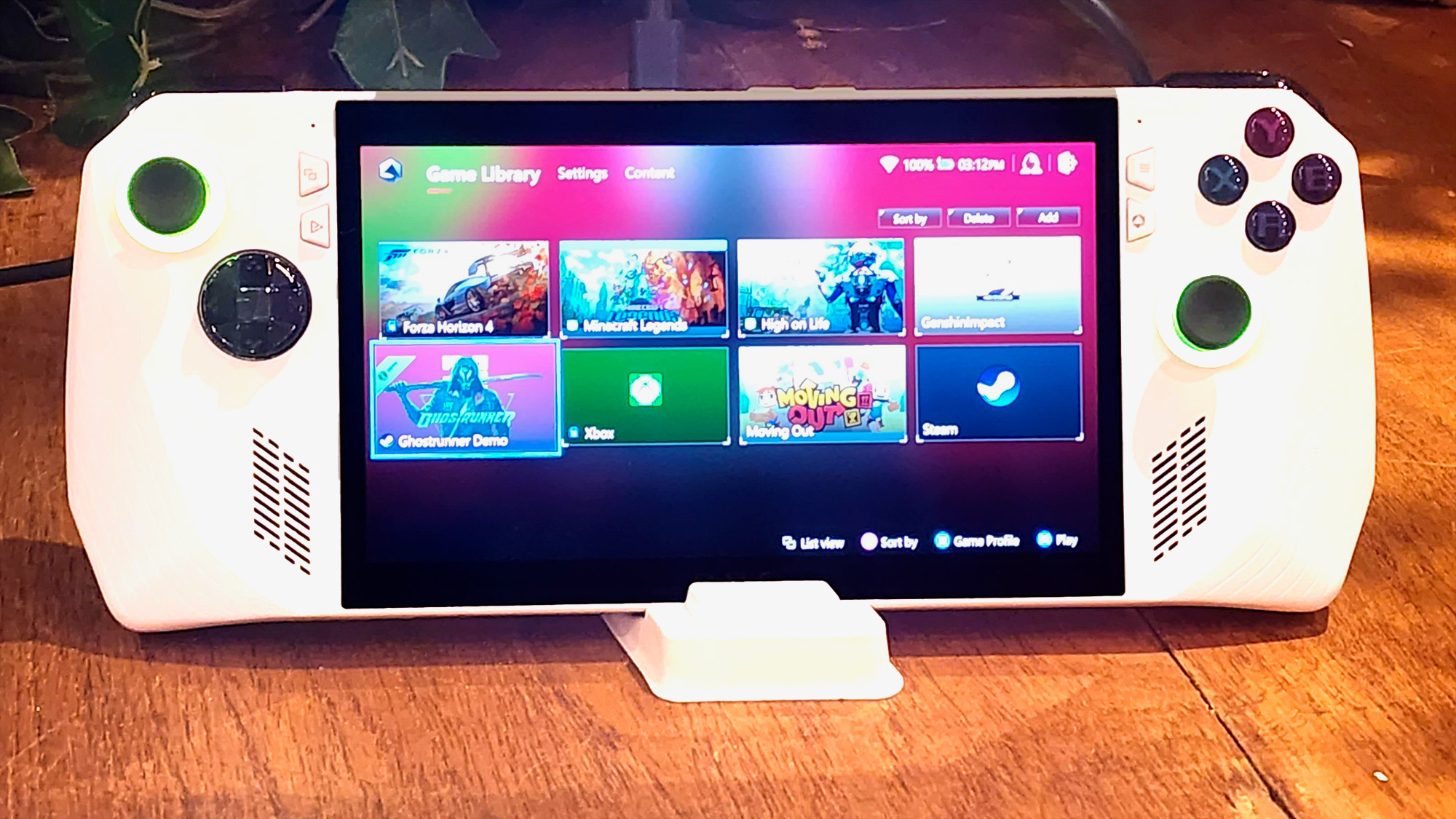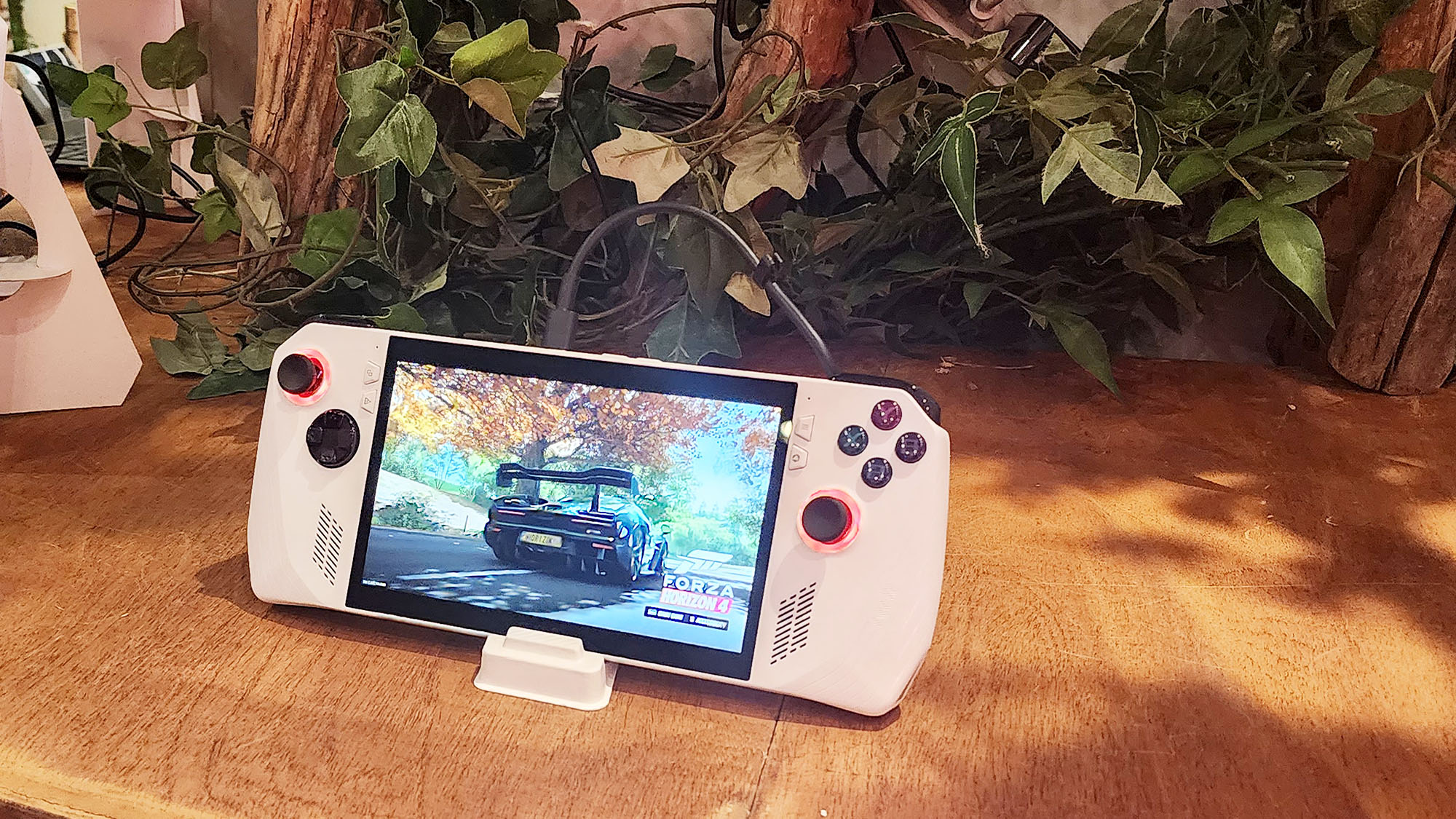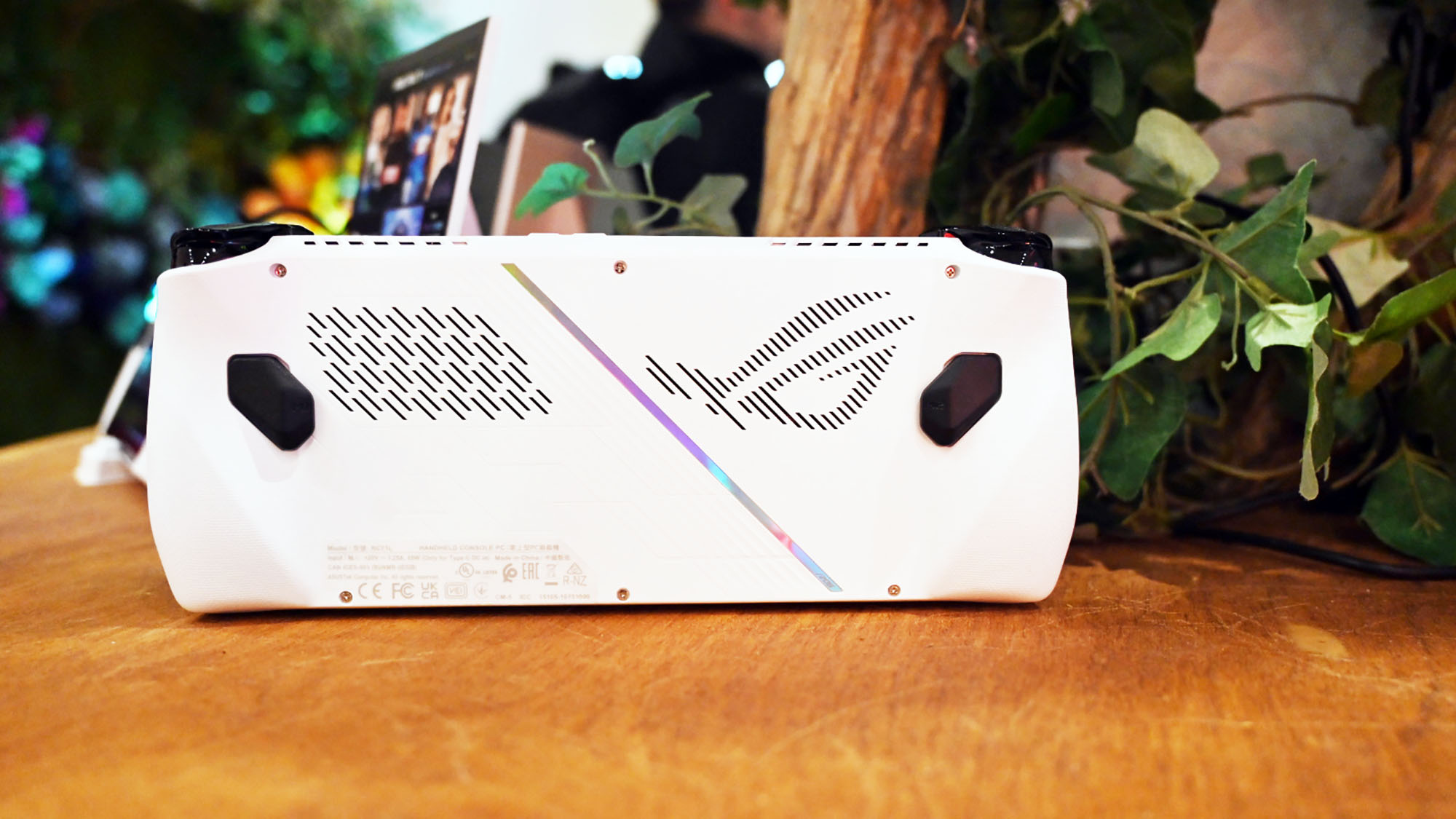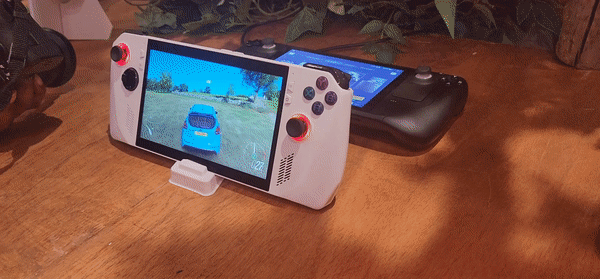
One of the most common searches regarding laptops is the quest for a "cheap gaming laptop," and while there are options out there, the Asus ROG Ally handheld gaming PC may be better than all of them.
It's a simple matter of compromises. In order to hit that sub-$1,000 price point that we see as the threshold to be considered a cheap gaming laptop, manufacturers have no choice but to make some cuts. Often it's the display, so now you're playing your favorite game at 95fps on a dim and dull display that makes everything look bland. Maybe they used a marginal CPU and GPU, now you're chugging along at 25fps on modern games. Whatever the trade-off might be, rest assured, there will be one.
While it's a stretch for it to do double duty as a general-purpose laptop, if you are considering a cheap gaming laptop for gaming alone, here's why the Asus ROG Ally is a better choice.
No display disappointment
In our hands-on, we called the 7-inch 1080p 120Hz AMD Freesync display on the ROG Ally "absolutely stunning." I promise you those aren't words you will encounter in the display section of any cheap gaming laptop review. We'll be doing our typical in-depth display testing as part of our full review, but Asus claims 500 nits of brightness and we were thoroughly impressed by the brightness and colors during our time with the Ally.
There's no magic here. It's a 7-inch display. Of course, Asus can afford to offer an outstanding panel at that size compared to a 14-inch to 17-inch display, but that doesn't diminish how great the experience is compared to the typical cheap gaming laptop.
Want a larger display some of the time? The charger for the Ally includes an HDMI 2.0 output, so you can get that big-screen gaming experience out of a Windows gaming device that fits in a pocket (OK a large pocket, but still).

AMD performance packs a punch
AMD's brand-new Ryzen Z1 is the Arc Reactor powering this new portable suit of gaming armor and the Zen 4 architecture with RDNA 3 graphics easily makes the ROG Ally the most powerful handheld gaming PC ever.
Now again, we're going to have to wait to see how it performs in our benchmarks to find its precise spot amongst the cheap gaming laptop contenders, but given how flawlessly it allowed us to careen through the courses of Forza Horizon 4, it's going to be a tall order for any sub-$1,000 gaming laptop to keep up.

Comparable battery life with a charging advantage
Our tests will tell the true story here, but I'm not expecting miracles. Asus claims between 2 and 7 hours of battery life depending on the game you are playing and the settings. While the lower end of that estimate doesn't sound great, it's about par for the course when it comes to gaming laptop battery life, particularly for cheap gaming laptops. We've seen that number dip to just a little over an hour for quite a few gaming laptops, so if the ROG Ally can hit 4+ when playing slightly less taxing games, that will be a win in my book.
The added consideration in favor of ROG Ally is that you should be able to use a pretty standard portable charger to extend that battery life or top up on the go, while a cheap gaming laptop will require a vastly larger external battery pack, and even then, it's unlikely that it could keep pace with its power needs while playing.

Upgradeability
Alright, this one's a bonus as I'm going to throw any thought of pricing out the window, but if you want to go all-in on the Asus ROG Ally and uncork the performance genie for a full gaming desktop replacement, it has a proprietary port to hook up the ROG XG Mobile external GPU. That means you could have an RTX 4090 powering this pocketable powerhouse.
Now that's going to set you back an additional $1,999, so again I want to stress that our original intent of challenging cheap gaming laptops is a distant memory here. On the other hand, unless Asus vastly outstrips the expected pricing on the ROG Ally, that's still quite a bit cheaper than the RTX 4090 gaming laptops we've tested. Beyond that all-important RTX 4090, it also gets you a 2.5 Gigabit Ethernet port, three USB 3.2 Gen 2 Type-A ports, an HDMI 2.1 port, DisplayPort 1.4 with G-Sync, an SD card reader and a USB 3.2 Gen 2 Type-C port.
You're back to carrying a laptop bag and you're probably now out just shy of $3,000, but it's an impressive little Windows 11 setup to contemplate.

Bottom line
Even with the compromises, there are naturally advantages to the cheap gaming laptop, particularly if are looking at it as a multi-purpose device for web browsing, content creation, productivity work, etc. You've got a built-in larger display (however dim and dull it might be), you've got a full keyboard and trackpad, and Windows 11 is far better designed for your device than the 7-inch display of the ROG Ally.
With that said, if gaming is going to be your use case for this device 95% of the time, and you are looking to keep your spending below $1,000, I would strongly recommend the ROG Ally over a cheap gaming laptop. Stay tuned for our full review in the coming weeks and we'll give you further insight into exactly how the ROG Ally holds up to our thorough lab testing.







